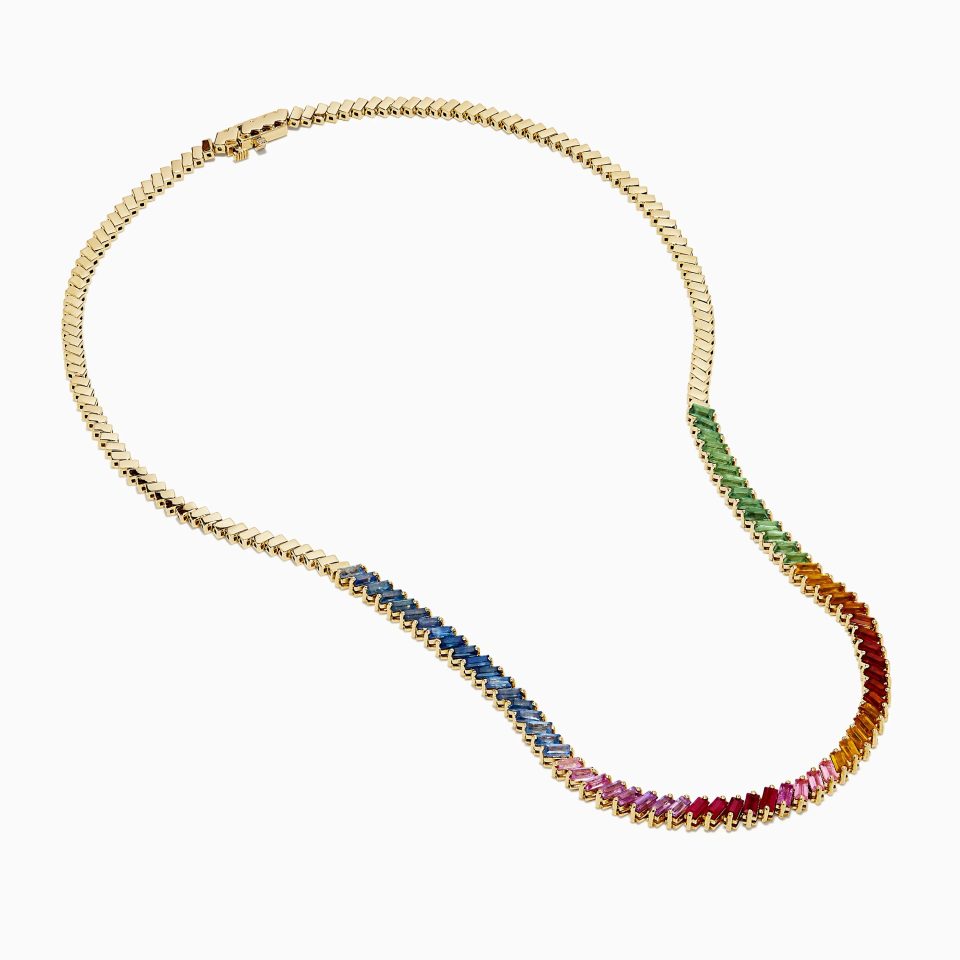Continue from Part I
Step 3: Ranking Colored Gemstones by Hue
In the world of colored gemstones, regardless of hue, diamonds remain at the very top of the value hierarchy. 👑 Here, we’re referring specifically to colored diamonds, which are formed when trace elements or distortions in the crystal structure create vivid colors. These fancy color diamonds are significantly rarer than white diamonds and are usually the choice of elite collectors and ultra-wealthy buyers.
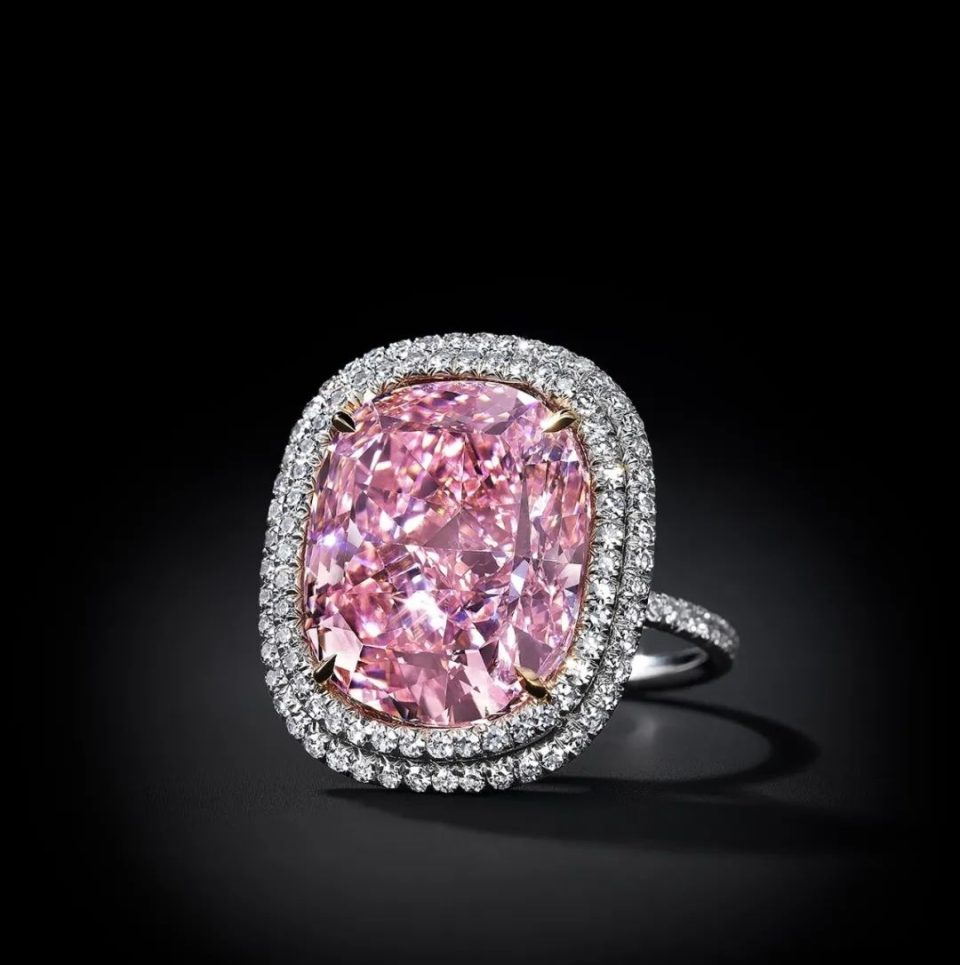
A prime example is Hong Kong billionaire Joseph Lau’s purchase of “The Sweet Josephine”, a 16.08-carat Fancy Vivid Pink diamond, which he bought for his daughter at a price of 220 million RMB.
Just below colored diamonds in terms of value are the Big Three colored gemstones: ruby, sapphire, and emerald. But what lies below that? And how do we rank the rest?
Let’s break it down by color category — red, blue, and green — and organize the main colored gemstones into tiers.

Red Gemstones
Spinel is typically considered the next most valuable red gemstone after ruby. It is a magnesium aluminum oxide mineral found in many colors, but red is by far the most prized.

One of the most famous spinels is the 131.21-carat gem in Bvlgari’s Imperial Spinel necklace, sourced from Tajikistan.
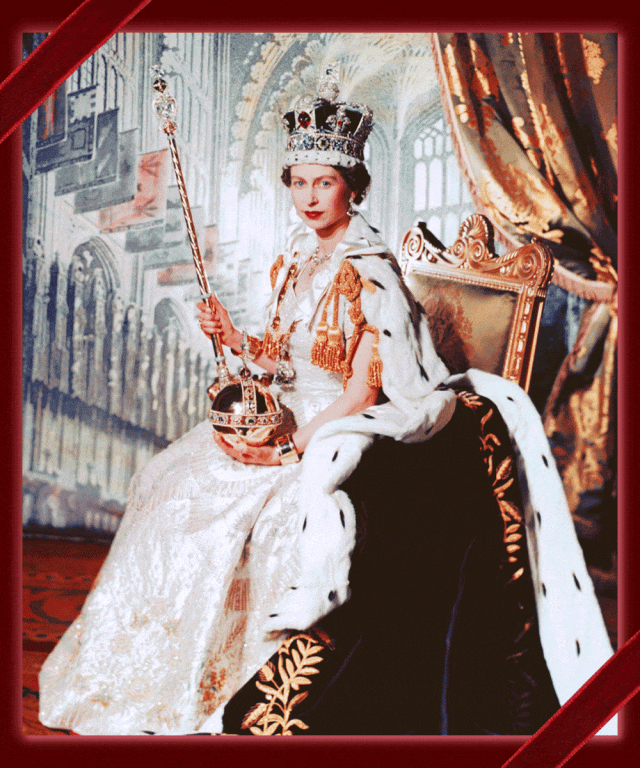
Spinels have often been mistaken for rubies — the most notable example being the “Black Prince’s Ruby” on the British Imperial Crown, which weighs 170 carats and was believed to be a ruby for centuries.
Tourmaline, is another second-tier red gemstone. Its appearance and color grading are very similar to ruby, with the best specimens also classified as “pigeon blood red.”
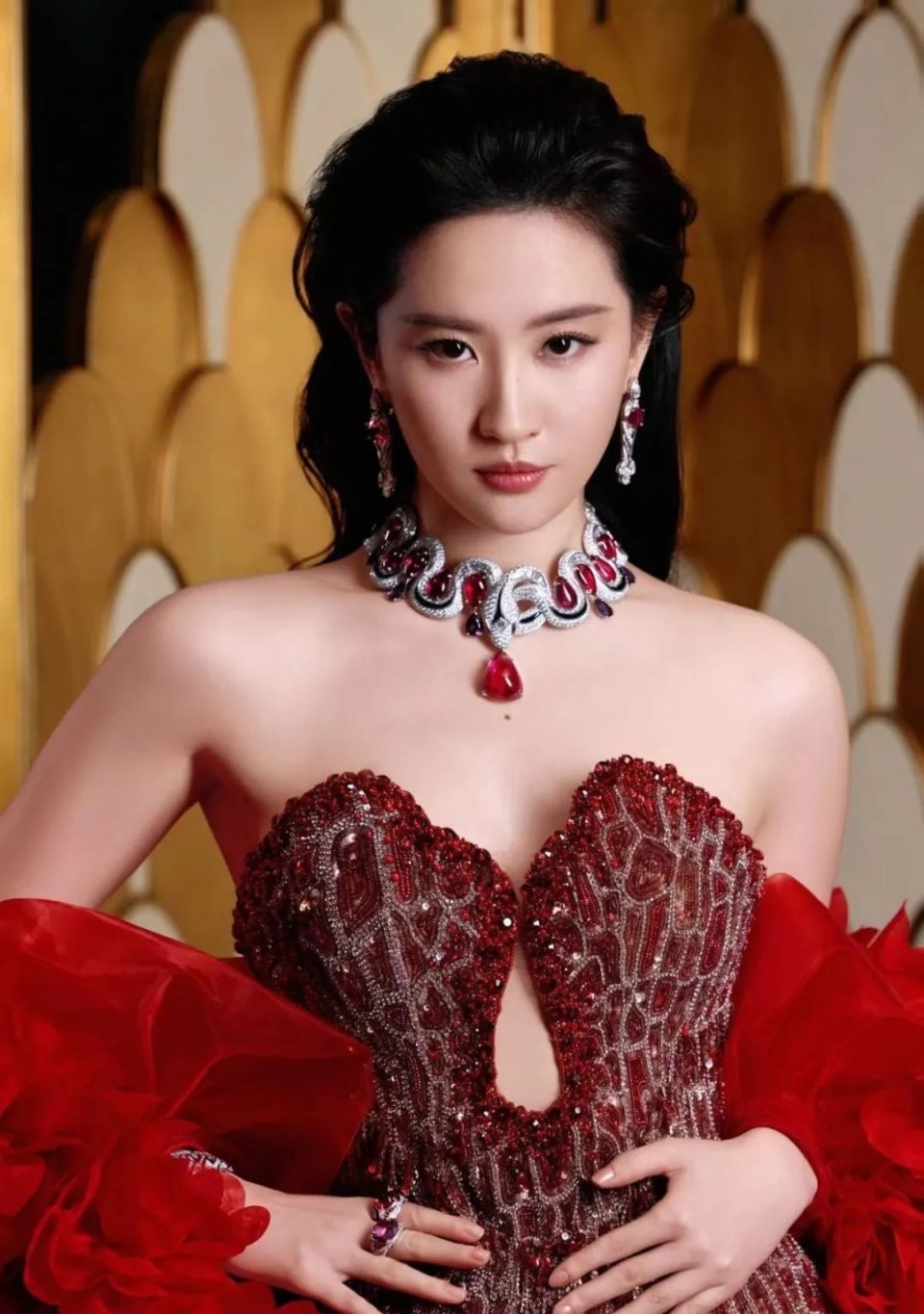
Other red stones such as garnet generally fall into a more affordable third tier.
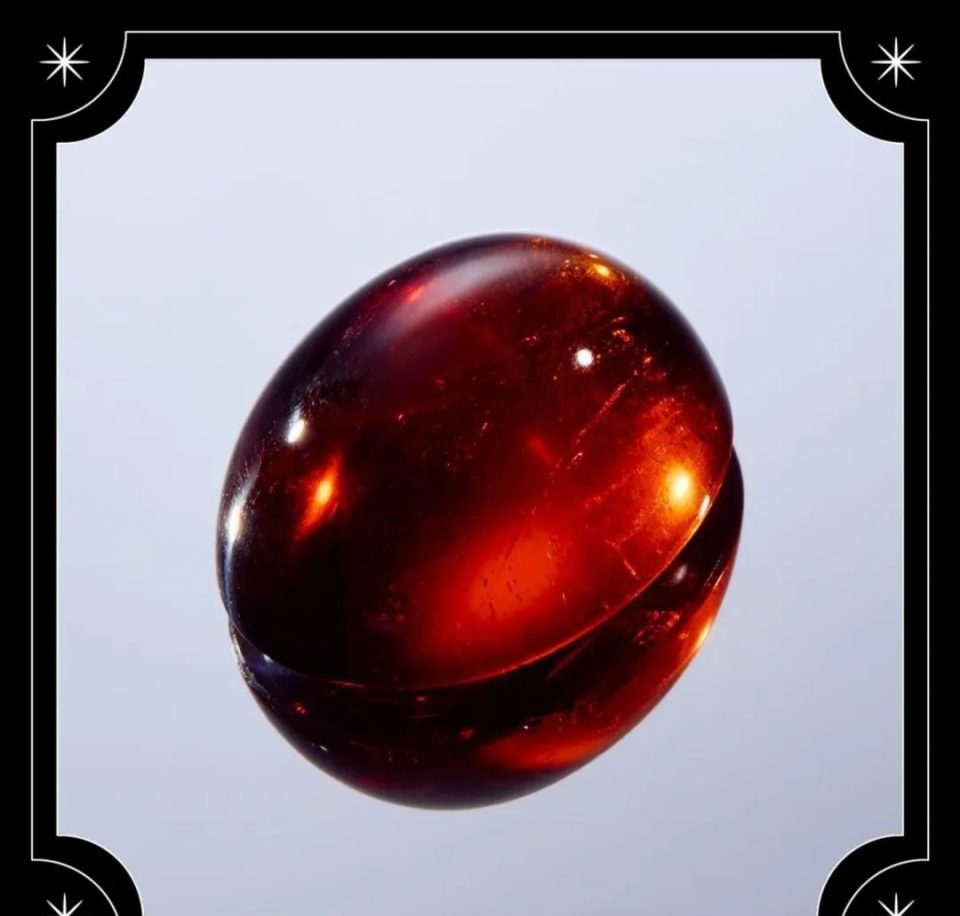
Blue Gemstones
Blue-colored gemstones are incredibly diverse, and their value can be influenced by multiple factors including origin, clarity, and saturation.
Second-tier:
Tanzanite is a vibrant blue-violet gemstone found only in Tanzania. Because of its rich color, it is often seen as an affordable alternative to sapphire.
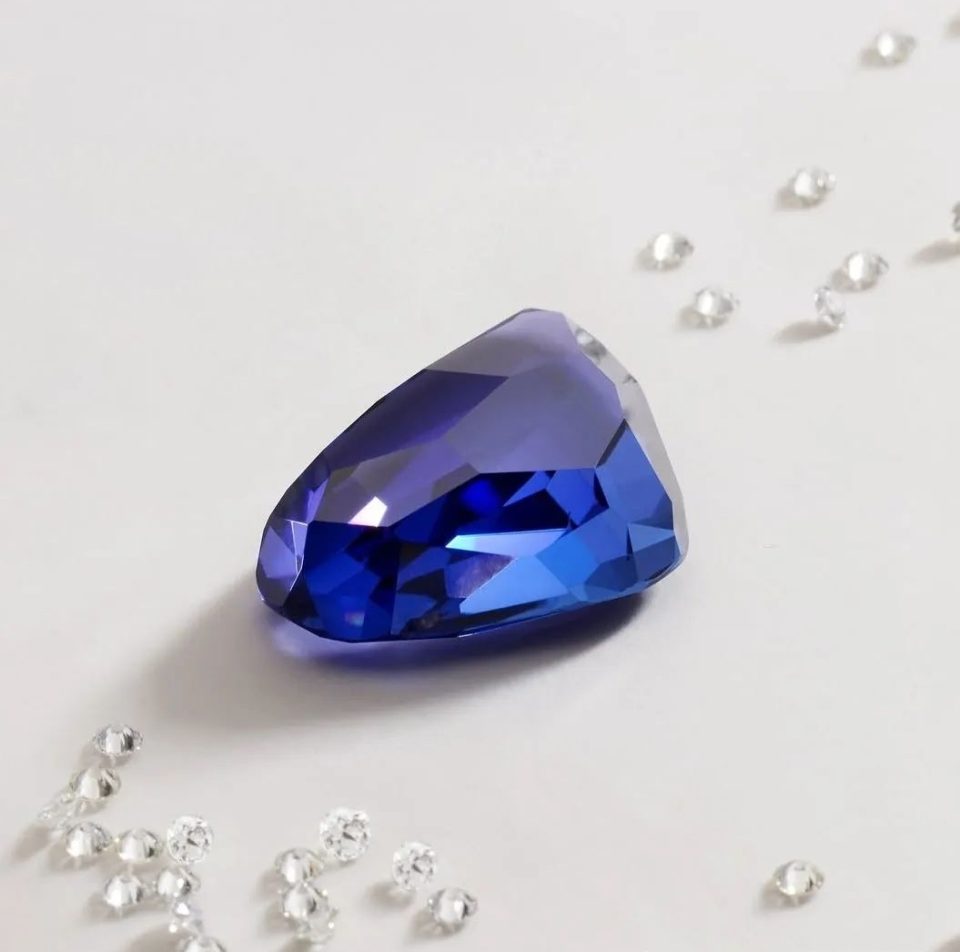
Fun fact: the “Heart of the Ocean” necklace worn by Rose in Titanic featured a tanzanite, not a sapphire.

Aquamarine is also quite popular. Though its hue is lighter and less intense than sapphire, its crisp, refreshing blue color has won it a dedicated fan base in the jewelry world.
Many luxury brands feature aquamarine in their commercial lines — it’s attractive but doesn’t command sky-high prices.

Third-tier:
Topaz comes next, especially blue topaz, which is actually heat-treated to enhance its color. Though it is not very expensive, its large crystals and vivid shades make it a favorite for fashion jewelry.
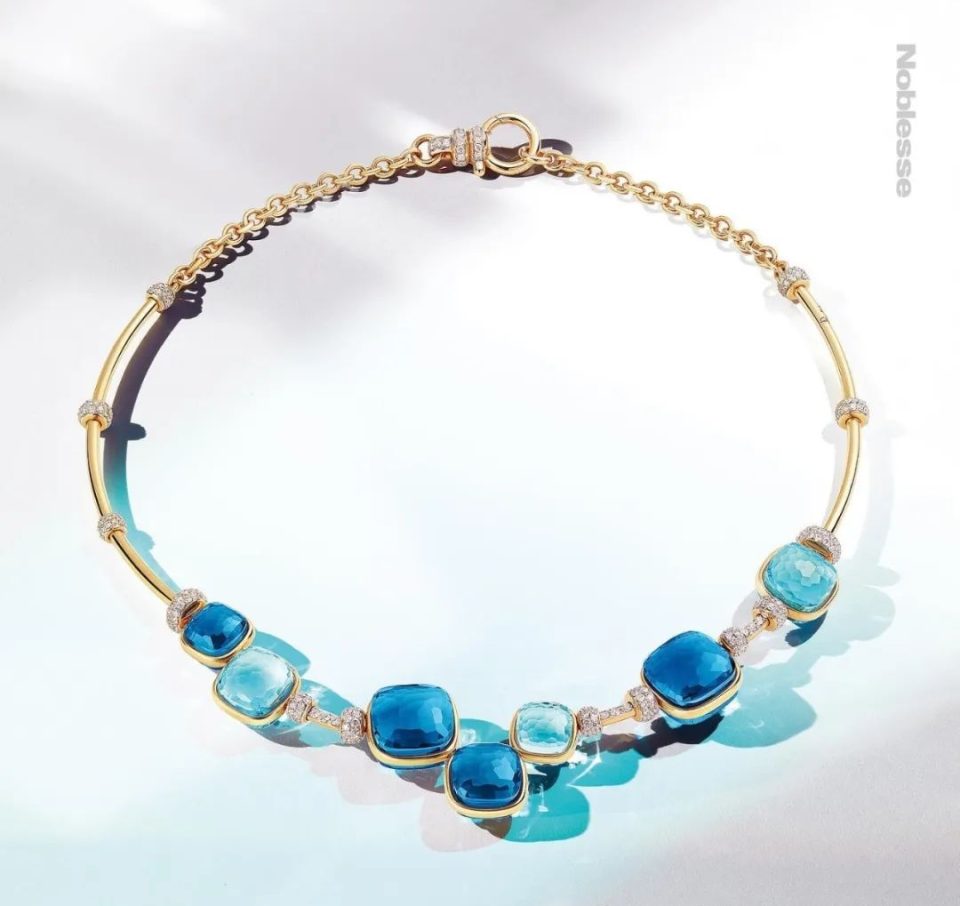
Brands like Pomellato have used it extensively, and even British royals like Kate Middleton have been spotted wearing blue topaz earrings on numerous occasions.
Green Gemstones
Second-tier:
After emerald, demantoid garnet is generally considered the most valuable green gemstone. High-quality demantoid has a dazzling brilliance and a lush green hue reminiscent of emerald.
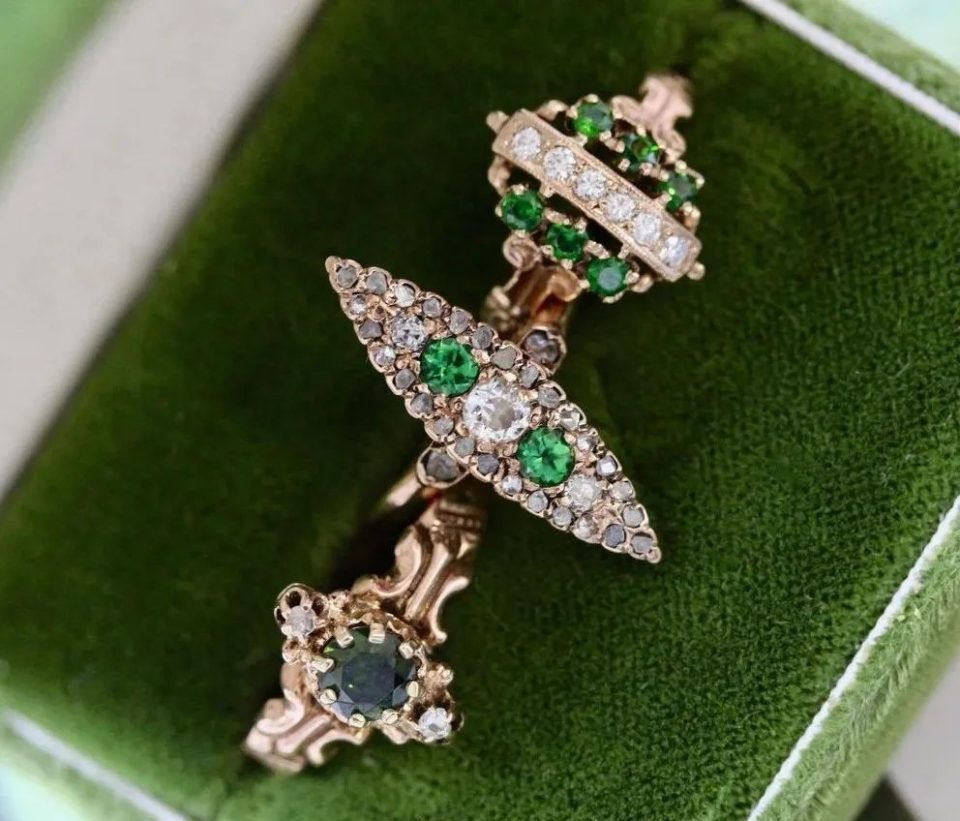
Tsavorite garnet and green tourmaline follows. While green tourmaline usually falls slightly behind tsavorite in price, top-quality specimens can rival or even surpass it in appearance — sometimes closely mimicking the look of emeralds.

This is why many luxury brands have started incorporating fine green tourmalines into their high jewelry lines. While it was once seen as a budget-friendly gem often used in beaded bracelets, its vibrant range has made it a favorite in luxury jewelry collections in recent years.
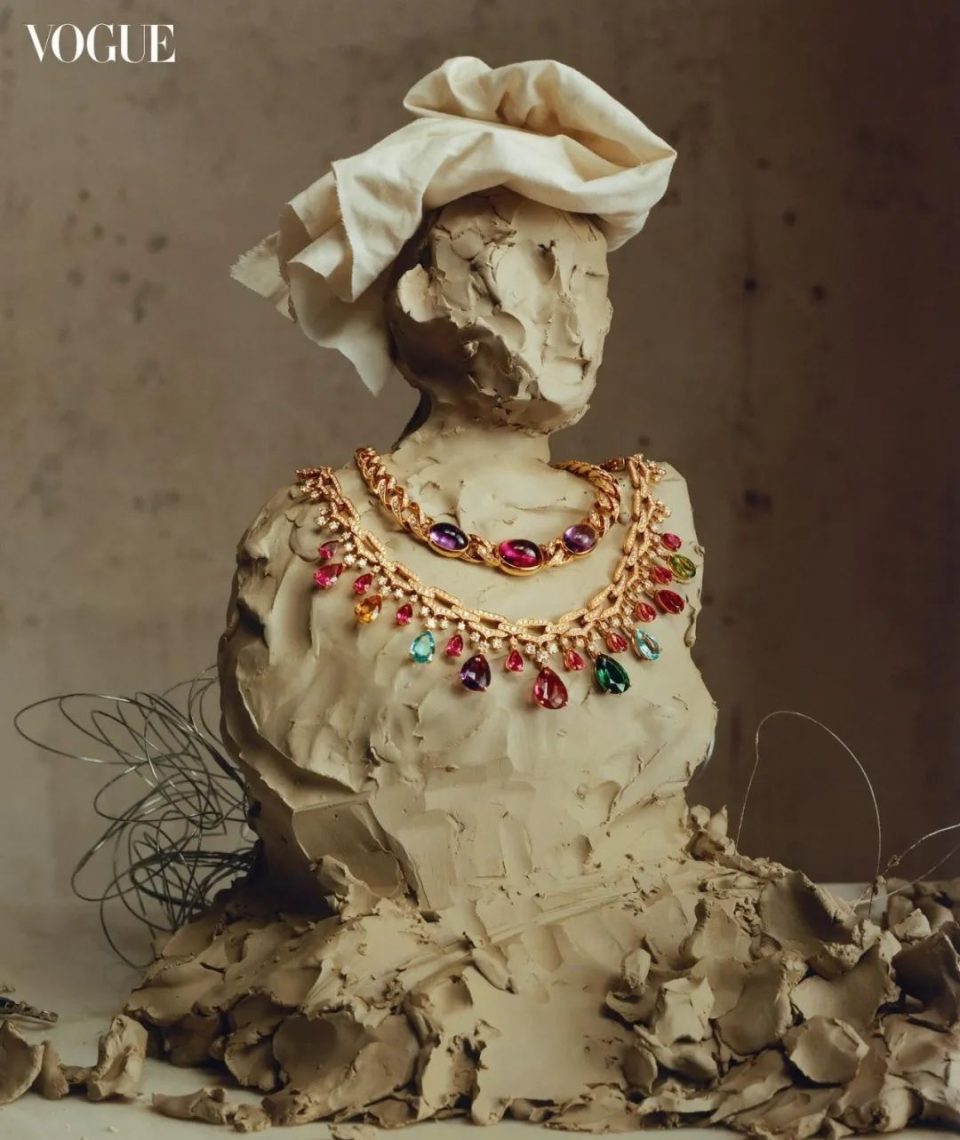
That wraps up this full-color guide to colored gemstones! Hopefully, it’s cleared up the mystery behind which stones are worth investing in — and why.
If you enjoyed this article, please like, comment, and share! And if there’s a particular gemstone or jewelry topic you’re curious about, leave a message.


